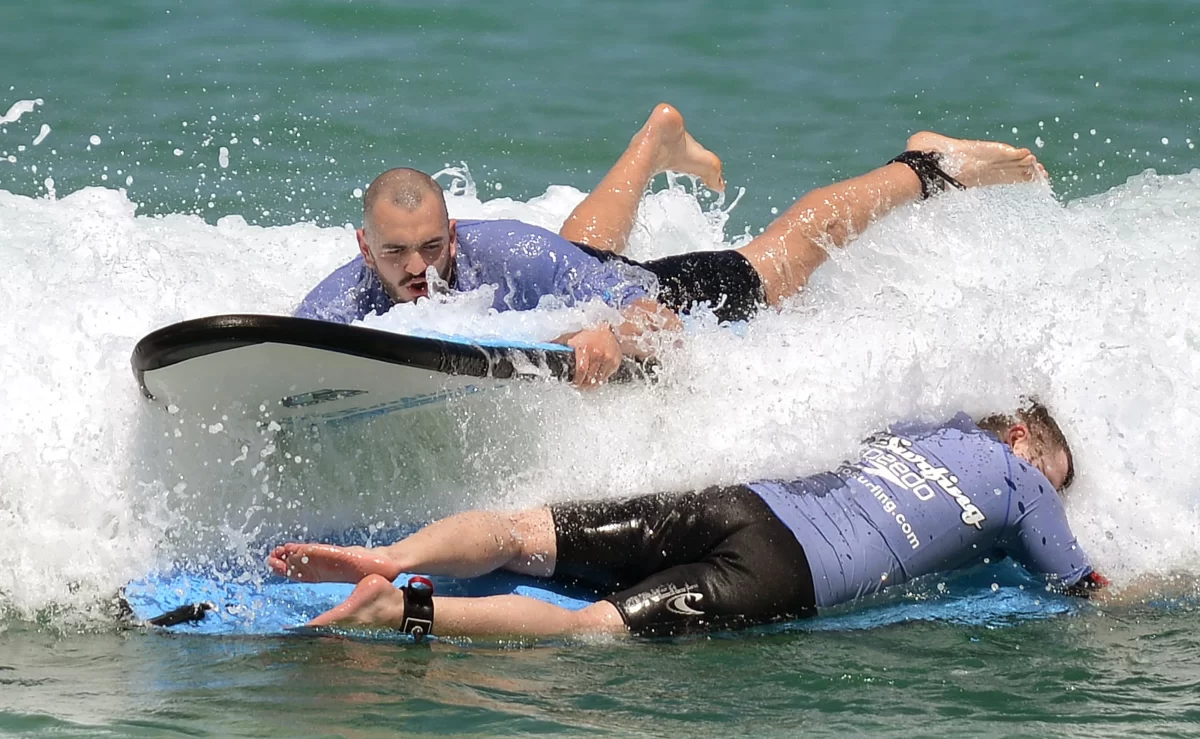We all picked up new habits during the COVID pandemic. And whilst some may have taken to baking banana bread, perfecting our sourdough starter, or drinking beers with breakfast, some of us were pushing the boundaries of our social bubbles to take up a pastime, usually reserved for youth culture.
Fast forward and we’re thankfully through the other side, but a recent study with Bond University and the Australian Sports Commission has revealed that many of us are maintaining our new habits – not the beers – with close to 200,000 Australians taking up surfing since 2019.
And more interestingly, it’s the “old salts” who have taken up their boards in recent years, as Dr Craig Sims, a Senior Teaching Fellow at Bond University, has found: “My research found that the 45–49-year age group were more active surfers than those in the younger cohort, which lines up with similar data from Sport Australia’s national sport and physical activity participation surveys.”
Since the early 20th century, when famed Hawaiian surfer Duke Kahanamoku first introduced surfing to Australians, the iconic pastime has become so intrinsic to the national identity of Australia and its coastal communities.
“We’re hearing from the industry there has been a dramatic and unexpected growth in demand for equipment like board, accessories and wetsuits, so the opportunity is there.”
Dr Craig Sims

And while Australia has produced some of the best surfers to ever compete in the international circuit – Mark Richards, Layne Beachley and Stephanie Gilmour, to name a few – none have reached the heights of 11-time world champion Kelly Slater.
And now, at 51, Slater continues to beat Father Time with each passing pipeline; his longevity in the sport is an inspiration to older surfers all over the world resulting in a cultural shift away from a “youth sport inextricably tied to youth culture.”
It’s clear then, that with an ageing population of committed surfers, new commercial opportunities could present themselves to a new and emerging demographic of wealthier consumers. As Sim argues: “Failing to accept this statement will result in surf brands missing out on forging a meaningful connection with a significant and growing segment of their market.”
Hang ten, old-timers.
